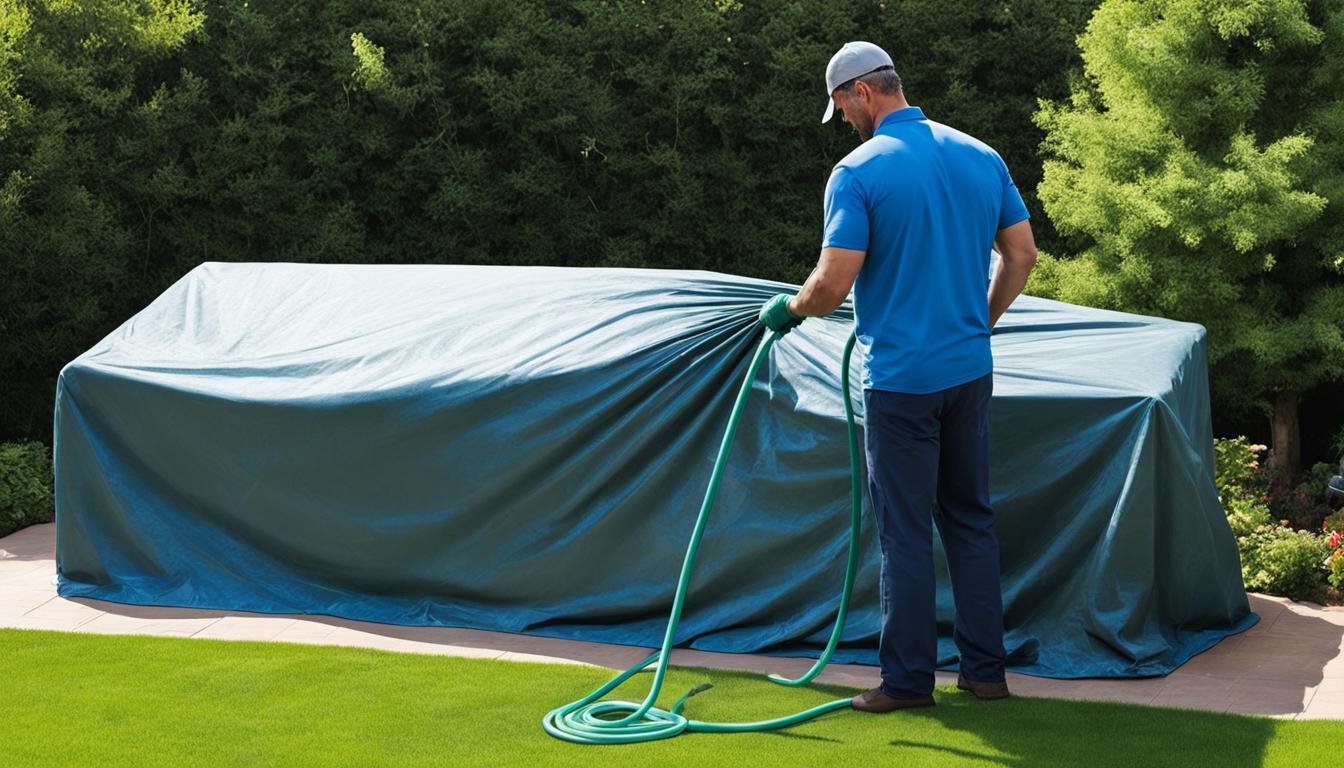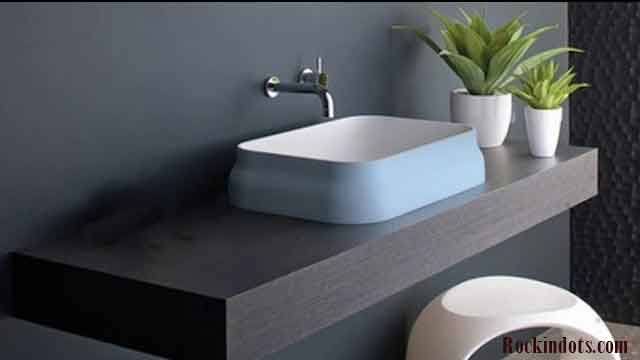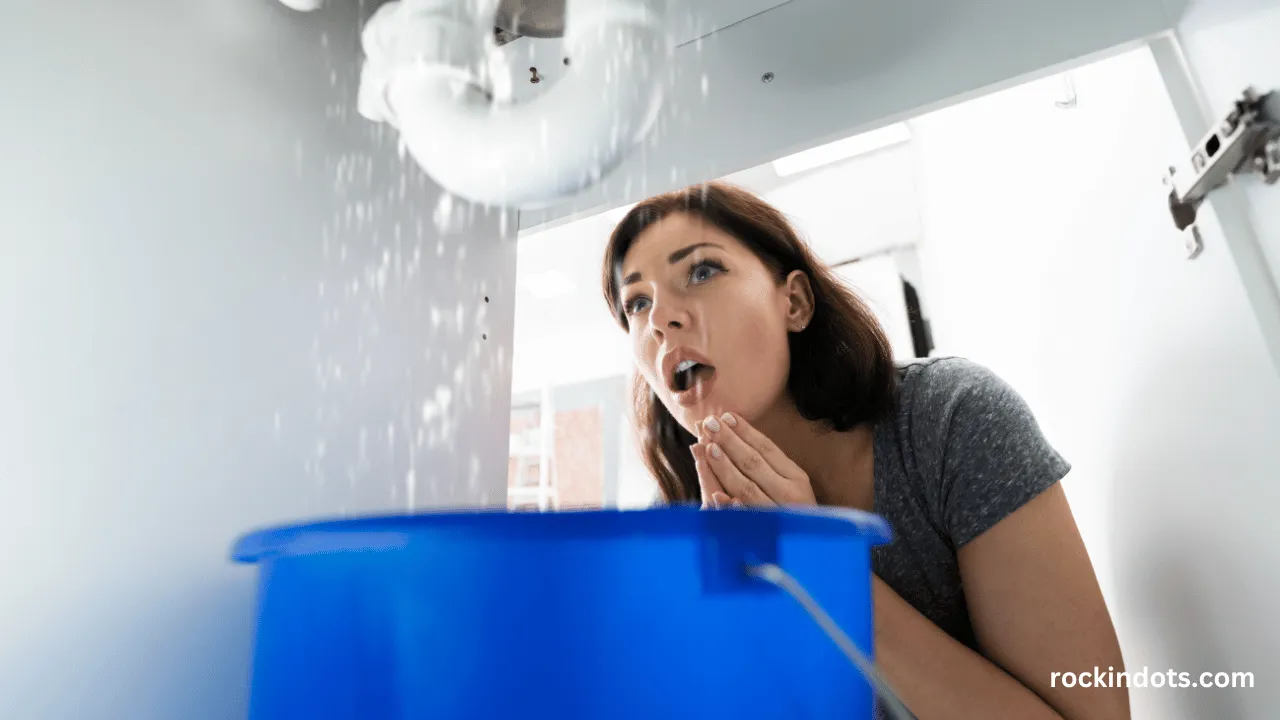Advantages of Installing Vinyl Flooring Without Removing the Toilet
Vinyl flooring has become an increasingly popular choice for bathrooms due to its durability, water resistance, and ease of maintenance. Yet many homeowners remain wary about undertaking its installation process due to fear that removing fixtures such as toilets will be required. Using the right method will help you install vinyl flooring.
Contents
- 1 Preparing the Bathroom for Vinyl Flooring Installation
- 2 Tools and Materials Needed for Installation Process
- 3 Step-by-Step Guide to Installing Vinyl Flooring Without Removing the Toilet
- 4 Tips for Successful Vinyl Flooring Installation
- 5 Common Mistakes to Avoid When Installing Vinyl Flooring Without Removing the Toilet
- 6 Alternative Options for Installing Vinyl Flooring in the Bathroom
- 7 Conclusion:
- 8 FAQs
Preparing the Bathroom for Vinyl Flooring Installation

The bathroom should be prepared before starting the installation process of the bathroom. Clean the bathroom floor thoroughly to get rid of dirt and debris. Inspect the area for signs of damage such as cracks or unevenness.
Tools and Materials Needed for Installation Process
Gather these tools and materials in order to successfully install vinyl flooring without removing the toilet:
Utility knife, measuring tape, straightedge, adhesive or double-sided tape and vinyl flooring (for pressing down) roll (with roller for pressing down) and seam sealer (if required) will all be necessary for successful installation of floor covering.
Step-by-Step Guide to Installing Vinyl Flooring Without Removing the Toilet
Step 1: Measure and Cut:
Measure the dimensions of the bathroom to begin the installation process. And cut the vinyl flooring accordingly leaving extra material.
Step 2: Adhesive Application
InstallAdhesive or double-sided tape should be evenly applied over the subfloor surface, for optimal coverage across its entirety.
Step 3: Install Vinyl Flooring
Carefully lay vinyl flooring over adhesive starting in one corner and moving towards opposite end of room.
Step 4: Remove Excess Material
Use a utility knife to trim away any extra material along the edges and around obstacles such as the toilet base.
Step 5: Press Down
After the flooring has been laid, use a roller to apply pressure across its entirety and ensure proper adhesion.
Tips for Successful Vinyl Flooring Installation
- Assimilate the flooring into your room’s temperature and humidity level before installation.
- Work in small sections to ensure accurate placement and alignment.
- Use seam sealer around edges and seams for additional durability and moisture resistance.
- Apply a protective sealant coat to maximize the lifespan and performance of your flooring.
- Vinyl Flooring in Bathrooms needs regular upkeep and care for optimal performance.
To maintain its appearance, vinyl flooring needs regular care to look its best. Regular sweeping or vacuuming is necessary to remove dirt and debris, and mopping with a mild detergent solution when necessary can protect the surface from damage from harsh chemicals. Any spills should be wiped up immediately to avoid staining; Area rugs or mats provide additional protection in high traffic areas.
Common Mistakes to Avoid When Installing Vinyl Flooring Without Removing the Toilet
- Refusing to adequately clean and prepare the subfloor before installation.
- Failing to adjust flooring for its environment could result in warping or buckleing of the floor, potentially compromising its integrity.
- Opting out of proper seam sealing leaves vulnerable areas prone to water damage.
- Skipping routine maintenance could result in premature wear and tear on the flooring, potentially hastening its destruction.
Alternative Options for Installing Vinyl Flooring in the Bathroom
If the thought of installing vinyl flooring without moving the toilet seems daunting, there are other approaches you should explore. One possibility is hiring an experienced installer familiar with working around fixtures like toilets; or considering luxury vinyl tiles or planks as alternatives that provide similar benefits but may be easier to maneuver around obstacles.
Conclusion:
Have Fun Enjoying your New Vinyl Flooring in the Bathroom!
Just by following these steps and tips, vinyl flooring installation in your bathroom will go smoothly without removing the toilet. Due to its durability, water resistance, and minimal maintenance requirements, vinyl is an ideal choice for bathroom renovation projects – helping transform outdated flooring into something modern that will stand the test of time!
FAQs
Can I install vinyl flooring over existing tile without taking it out first?
Yes, with proper preparation and adhesive you can install vinyl flooring directly over existing tile without the need to remove them first. In terms of time it takes to complete a bathroom install of vinyl flooring: an hour.Installation times depend on the size and layout of your bathroom, but typically take one or two days.
Is vinyl flooring suitable for bathrooms with high moisture levels?
vinyl flooring is highly moisture resistant, making it the ideal choice for bathrooms where humidity levels may be elevated.
Can I install it myself or do I require professional help?
While DIY installation of vinyl flooring in bathrooms may be possible, professional installers are recommended for best results and to reduce risk.
Is vinyl flooring considered durable in a bathroom environment?
With proper care and maintenance, vinyl flooring can last many years as an attractive yet functional bathroom flooring option.




